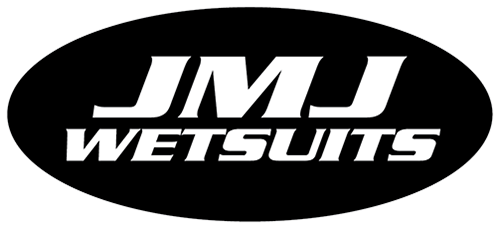Wetsuit Materials & Construction
We always use high-quality material to deliver suits that will be warm, comfortable and durable. All of our suits are made of neoprene, which is a type of rubber that acts as an insulator to prevent thermal diffusion. Neoprene is usually laminated on one or both sides with different types of material, depending on what use the suit is designed for. Stretchier, more flexible materials are desirable for surfing, and thicker, more compression-resistant materials are used for diving suits.
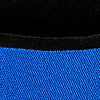
Dive Grade Neoprene
The neoprene we use in our dive suits has more "memory" than other materials on the market, meaning it will better-maintain its thickness and warmth after being compressed many times at dive depths.
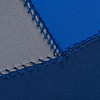
Glued & Blindstitched seams
The best-known way to stitch pieces of neoprene together for cold-water wetsuits. Neoprene panels are glued together then blindstitched to achieve a flexible yet durable watertight seam.
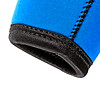
Lycra Bindings
A strip of Lycra that is applied around the rough side of a sewn neoprene edge to create a smooth surface that doesn't chafe the skin.

Neospan
A modern style of neoprene that is very comfortable and has a four-way stretching material on the outside that allows for easier movement. Neospan is available in many colors and used mostly in surf suits as it doesn't have as much "memory" as our Dive Grade Neoprene.

Smoothie Neoprene
An older style neoprene with Nylon fabric on the interior and a smooth exterior that sheds water. Useful on the outside of surf suits, as it doesn't absorb water as Nylon would, and protects from wind chill. A favorite of divers and surfers looking for the "old school" Sea Hunt-era look.
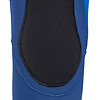
Supratex
A durable and flexible rubber material used on knee pads.
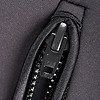
VISLON® Zippers
Heavy-duty zippers made by YKK that are durable and lighter than metal zippers of the same size and do not corrode.
